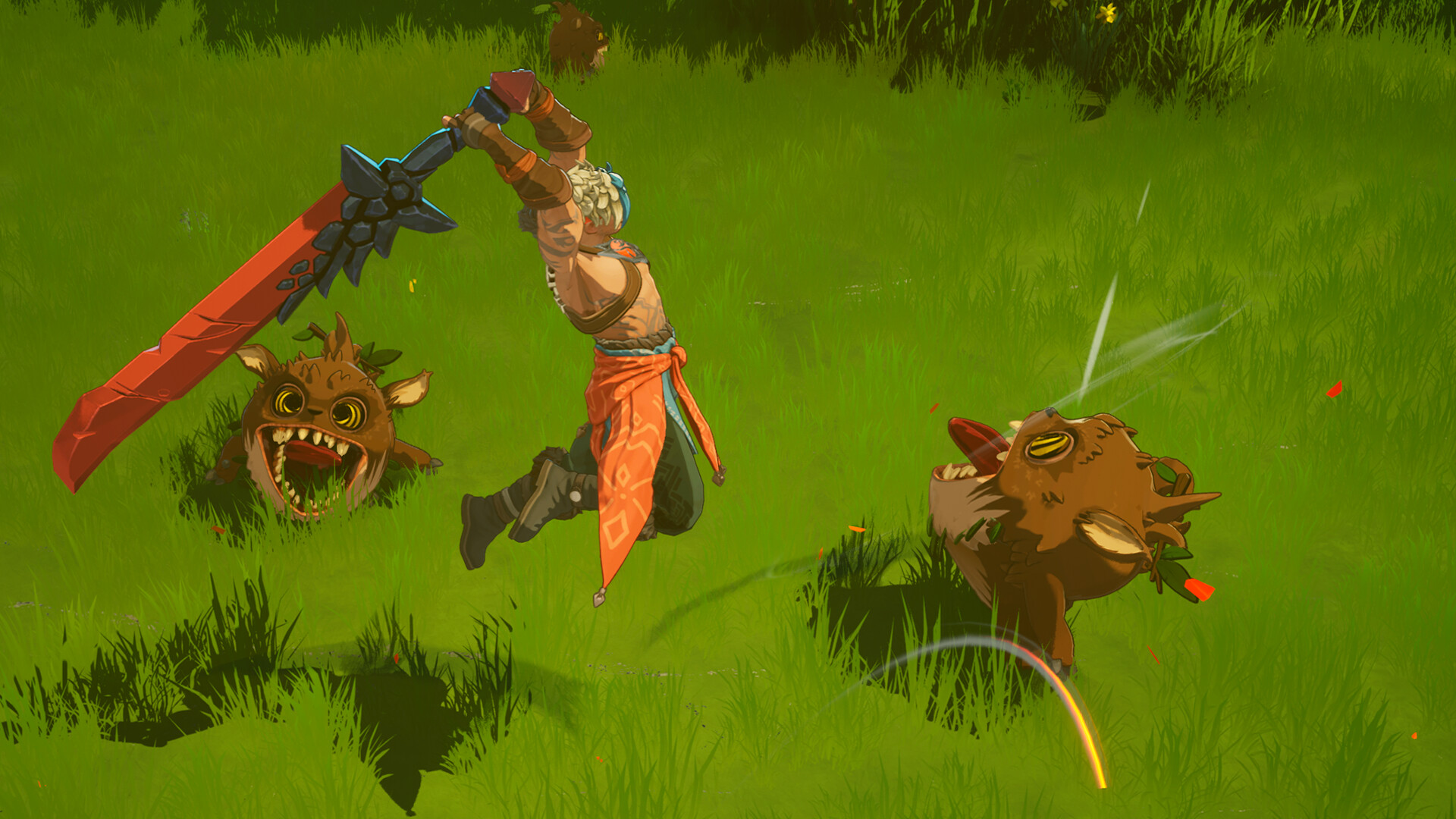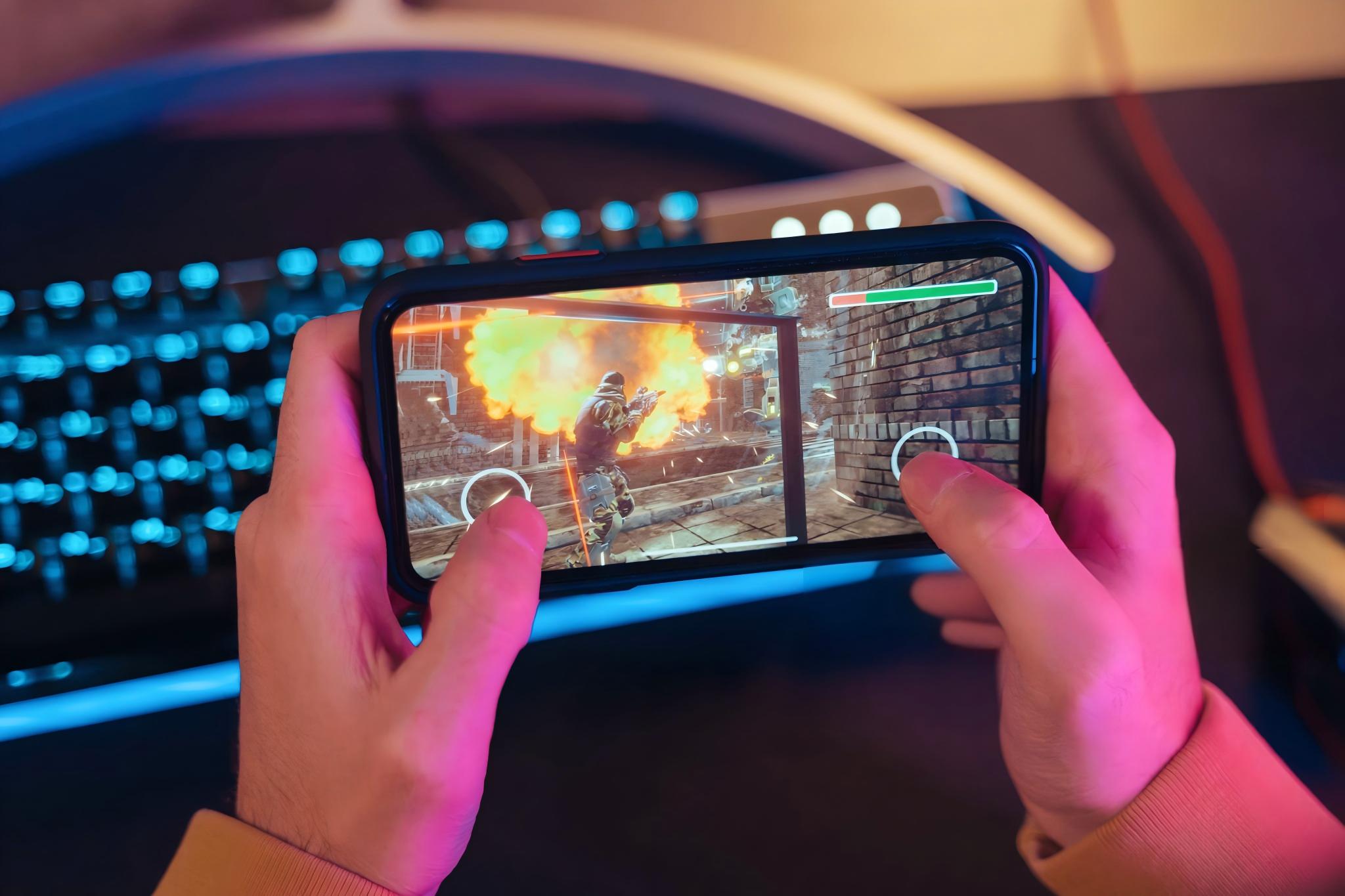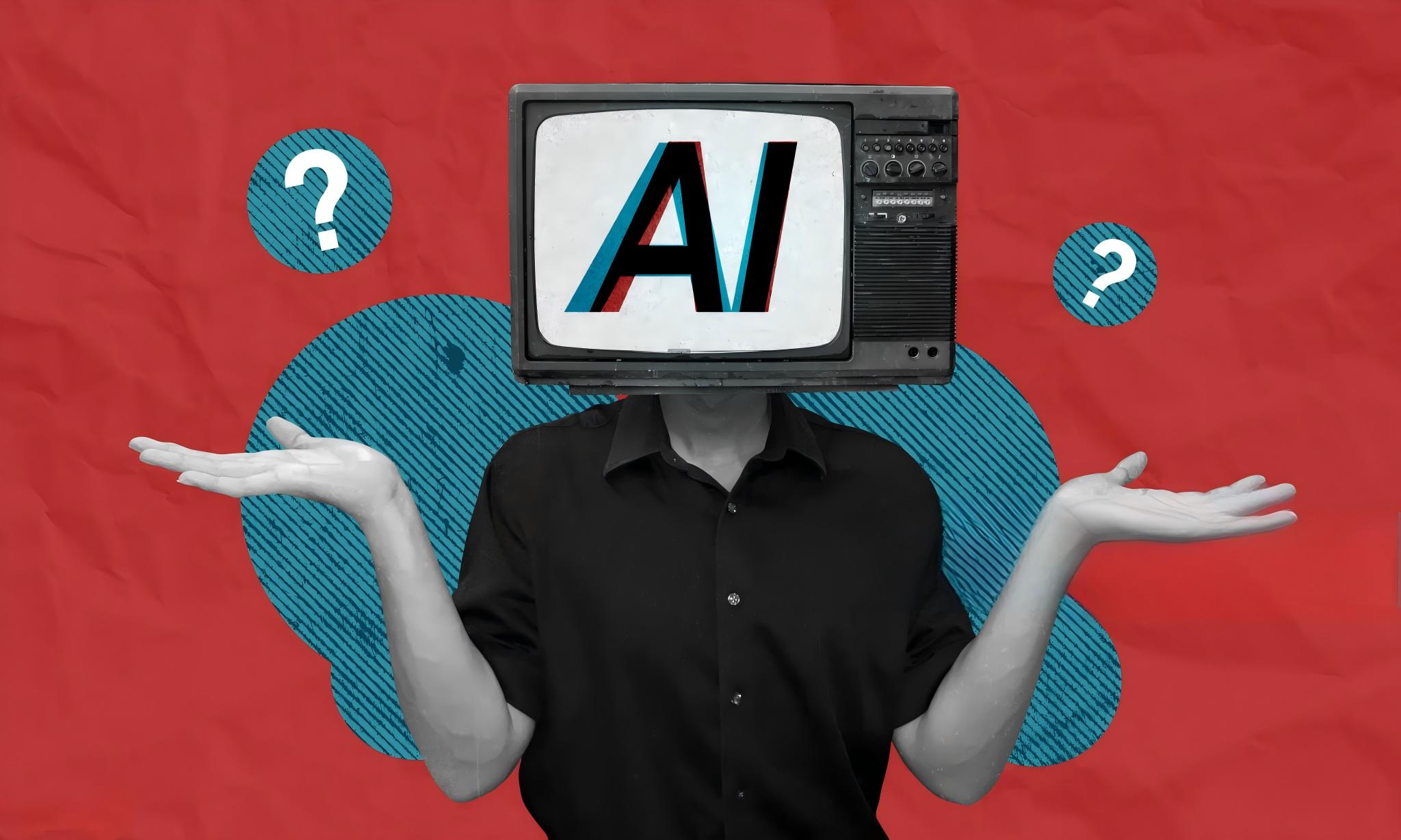In an era where videos zip across continents faster than you can say "subtitle," nailing the perfect voice for international viewers has become a make-or-break decision for content creators. I've spent years digging into media production trends, and one thing's clear: whether you're crafting how-to guides, punchy ads that flood TikTok, or epic films that demand emotional depth, the debate between AI-generated voices and old-school human dubbing isn't just technical—it's about what truly hooks an audience. Let's unpack this without the fluff, leaning on solid stats and real-world insights to guide you toward the smarter pick for your project.
The Rise of AI Dubbing: Fast, Cheap, and Getting Smarter Every Day
Picture this: You're on a deadline, and your latest video needs to speak fluent Spanish, Mandarin, and French by tomorrow. That's where AI dubbing steps in like a superhero. Using cutting-edge algorithms, it synthesizes voices that sound remarkably human, translating scripts and syncing them to lips in record time. No more herding actors into studios or dealing with scheduling nightmares—AI handles the heavy lifting automatically.
The biggest draw? It's lightning-fast. What might drag on for weeks with humans can wrap up in mere hours, thanks to streamlined workflows that cut out the back-and-forth. And the market's exploding: Forecasts peg the AI dubbing industry jumping from $897 million in 2024 to a whopping $3.57 billion by 2034, cruising at a 14.6% annual growth rate. I've seen startups swear by it for scaling up without burning through cash.
But hold on—AI isn't perfect. Older systems could come off as stiff, missing those little vocal quirks that make dialogue pop. Newer tech, with tricks like emotion mapping, is bridging that divide by copying the original speaker's tone and rhythm. Still, when it comes to nailing cultural slang or impromptu energy, AI sometimes misses the mark, leaving things feeling a tad mechanical.
Human Dubbing's Enduring Charm: Where Heart Meets Craft
Flip the script, and human dubbing feels like the artisan coffee to AI's instant brew. Voice actors don't just parrot words—they breathe life into them, layering in cultural tweaks and genuine feeling that pull viewers right in. Imagine a tense movie moment: A pro can add that subtle catch in the throat or a knowing chuckle, making the scene linger long after the credits roll.
Research underlines this edge. While AI nails the basics like pitch and speed, it often stumbles on full-blown emotional nuance. Humans, on the other hand, bring that unscripted spark, forging a bond that's hard to fake. In my chats with filmmakers, they've told me time and again that for stories meant to move people, skimping on real talent risks flattening the whole experience.
The trade-off is real, though. Rounding up linguists, directors, and performers ramps up the hassle, pushing timelines out and costs up. Yet, when authenticity is your north star, that extra effort translates to raving fans and repeat views.
Weighing the Scales: Costs, Timelines, and Everything In Between
To cut through the hype, let's zero in on the nuts and bolts that matter most, backed by numbers that don't lie.
Start with the wallet—AI is the budget champ. Human dubbing might set you back $100 to $500 an hour, tallying up to $600–$1,200 for a short video in a couple of languages once you factor in all the extras. AI flips that script, trimming expenses by 53% to 91%, sometimes dipping as low as $5–$10 per minute. A fresh report on localizing a 10-episode run into three tongues clocked human costs at around $50,000, while AI kept it way leaner. For bootstrapped teams eyeing global expansion, that's a game-changer.
Then there's the clock. In our always-on world, AI's automation shaves off days, if not weeks, by ditching manual tweaks. Humans? They thrive on collaboration, but that means wrangling feedback and fixes that can slow the roll.
Quality-wise, it's a mixed bag. AI delivers rock-solid consistency, perfect for uniform narration across tongues. Humans ace the finesse, like syncing to mouth movements or dodging awkward phrasing. As AI gets savvier—think hybrid setups with human tweaks—the divide shrinks, offering a sweet spot for many.
Emotion is the wildcard. AI's getting better at mimicking feels, but it can't touch a human's gut-level delivery. And brand-wise? AI screams efficiency, but humans whisper "we care," building trust that sticks.
Tailoring Your Choice to the Content at Hand
Every project has its vibe, so let's match dubbing styles to what you're making, drawing from proven strategies.
For teaching clips, like DIY tech fixes or online courses, AI's precision and pace make it a winner. It keeps things clear and scalable, and if something feels off, a quick human once-over polishes it up.
Social media blasts? Those thrive on speed to ride trends, so AI lets you pump out versions for different markets on the cheap, freeing you for creative tweaks like A/B tests.
Movies or deep-dive narratives? Humans all the way. They capture the soul-stirring stuff that AI approximates but doesn't own. More folks are blending the two—AI for rough cuts, humans for the magic touches—to hit that ideal balance.
Insights from the Trenches
The dubbing world's humming, valued at $3.25 billion in 2024 and growing 7.5% yearly, with AI leading the charge but humans holding court in upscale gigs. I recall a recent indie film that went full AI for dubbing, slashing bills while keeping the heart intact—proof the tech's maturing. In realms like gaming or audiobooks, mixing methods often nets the best buzz.
Making the Leap: Your Path to Worldwide Resonance
At the end of the day, it's about what serves your story best—AI for quick wins and savings, humans for that indelible touch, or a mash-up for ultimate flexibility. If you're diving into video tweaks, short-form dramas, or multi-language reads, pros like Artlangs Translation bring serious chops. They've honed their craft over years, mastering translations in over 230 languages, with a laser focus on video localization, subtitle magic for shorts, game adaptations, and audiobook dubbing. Their track record of killer case studies means your content lands with real cultural punch, not just words swapped out.
So, assess your needs, run a test drive, and let your audience's feedback steer the ship. Global voices await—make yours heard.











